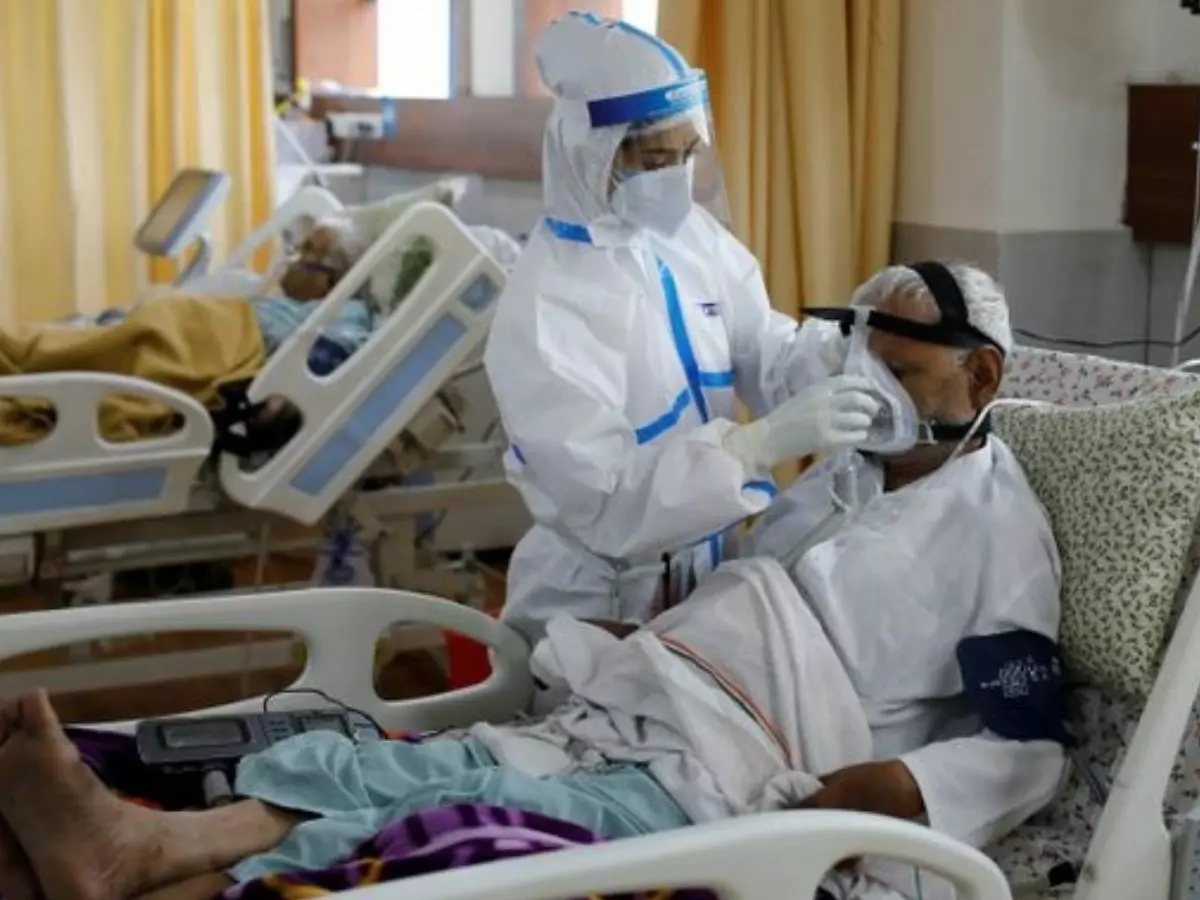Air Samples From Hospital Hallways, Bathrooms Show High COVID-19 Levels
Air samples to gauge the contamination were collected from patient¡¯s rooms -- inside and outside of ICUs, clinical areas, nurse¡¯s stations, as well as the staff common areas and public areas like hallways and entrance, and the toilets.

With COVID-19 taking over our lives, we¡¯ve been trying our best to be safe from the novel coronavirus. And many have also been suggesting that people should avoid visiting the hospital or doctor¡¯s clinic unless it¡¯s absolutely necessary.
And in case you weren¡¯t following this suggestion, this recent study will definitely make you think twice before you plan your next trip to a nearby hospital.
 Reuters
Reuters
Researchers from Central Hospital at the University of Nantes, France analysed articles covering COVID-19 and air contamination between January 1st and October 27. They analysed a total of 24 studies from eight different nations including the US, the UK, Italy, China, Hong Kong, Singapore, South Korea and Iran.
Air samples to gauge the contamination were collected from patient¡¯s rooms -- inside and outside of ICUs, clinical areas, nurse¡¯s stations, as well as the staff common areas and public areas like hallways and entrance, and the toilets.
Out of a total 893 samples taken, 17.4 percent were found to contain the novel coronavirus or genetic material for the novel coronavirus. Researchers also found that air samples from within the ICU were over two times likely to be positive for the virus at 25.2 percent compared to just 10.7 percent in non-ICU rooms.
After ICUs, the most contaminated areas were hallways and restrooms, with over 56.3 percent of samples from hallways and 23.8 percent samples taken from toilets or bathrooms coming positive for the pandemic-causing coronavirus.
The authors said in the study, ¡°The finding of high concentrations in staff rooms (ie, meeting and dining rooms) is consistent with the possible cross-transmission of COVID-19 among [healthcare professionals] during breaks. During these periods, face masks are frequently removed in small areas without ventilation.¡±
The authors, however, revealed that there is no clarity on whether the contained air is capable enough to infect people while suggesting that more study is needed for that.
 Reuters
Reuters
They conclude stating, ¡°High viral loads found in toilets and/or bathrooms, staff areas, and public hallways argue for careful consideration of these areas for the prevention of COVID-19 transmission. However, the presence of viable viruses should be primarily considered, given that it is a required link for the potential of cross-transmission.¡±
This not only further jeopardizes the lives of frontline medical staff but also people who are visiting hospitals for non-COVID-19 related ailments.
